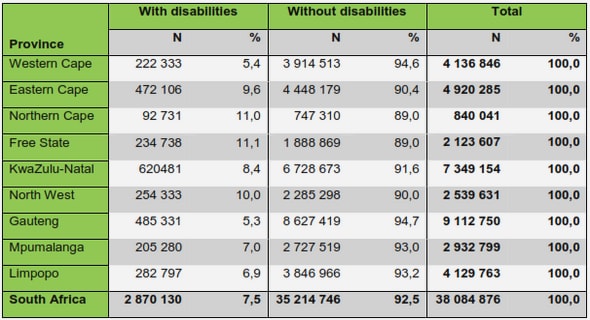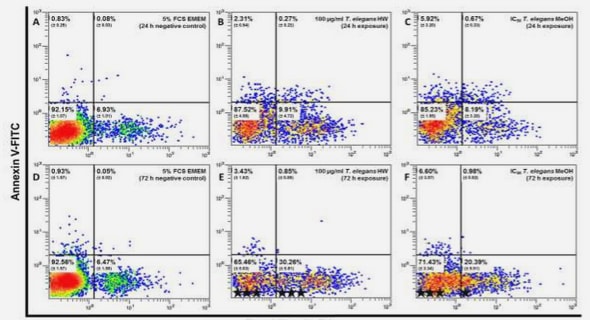Get Complete Project Material File(s) Now! »
Chapter 2: A Divided, Quiet Black Community
Norfolk’s Black community was scattered across the city, segregated, and compartmentalized within the larger white communities. Stripped by the 1902 Virginia State Constitution of their post-Civil War civil rights victories, suppressed by a violent and tumultuous Jim Crow white southern culture, and quieted by the white notion that Norfolk was a progressive port city in the Upper South, the black community was not in a position to protest, or act out in a nonviolent manner to win back their rights in the period after the Brown decisions.152 Blacks across the ex-confederate South, in places such as Greensboro, North Carolina, or Birmingham, Alabama, dusted off the banner that black civil rights leaders had stowed away during the Second World War, and continued to press for their equality under the Federal Constitution during the 1950s. Advocating equality in the eyes of both the state and federal government, they launched a non-violent protest that would bring down the walls of segregation across the United States, however,black voices were seldom heard, or recognized in the larger political and social debates that were directly beneath the surface of Norfolk’s community. Only two major voices were heard by the white community: the Norfolk Journal and Guide, run by outspoken editor P.B. Young, and the handful of black ministers. The other minority organizations,such as the Norfolk Teachers Association, rarely registered on the radar of white southern Norfolk. To say that the Norfolk Journal and Guide represented a unified black voice or community would be equivalent to saying the Virginian-Pilot represented the diverse and divided white community. The following questions: (1) what voices existed within the black community? (2) what type of political and social participation existed; and why?And (3) where was the black community during the school crisis? Why were they missing in action? It is important to look closely at the black community to determine their role in Norfolk public school crisis in 1958 – 1959, and how the fight to integrate started with them in 1956 and extend into the 1980s and the repeal of elementary mandatory busing. The black community of Norfolk, has been ignored and forgotten by historians examining Norfolk’s integration crisis in the 1950s, which is why it is important to devote a chapter to the ‘other’ side of the story that white Norfolk has tended to subvert, ignore, and forget.
Where the Races Lived
The Old Dominion was a segregated state that reflected regional diversity,especially when it came to racial composition of the county or city populations present in the Tidewater, Piedmont, and western Appalachian counties during the 1950s. The bulk of the black population resided in the area known as the black belt which included thirtyone counties, percentage wise ranging between 40.8 and 81 percent.153 This continuous line of counties stretched from Nansemond County (adjacent to the City of Suffolk’s western border) west to Halifax County north Goochland (excluding the City of Richmond and Henrico County) and extending to the northeast stopping at Westmoreland County.154 On average blacks outnumbered whites in each county.The black belt counties shared a host of other characteristics as well. They were predominantly rural, lacking substantial urban areas, and any major industry. Any urban areas tended to lie on the periphery, and bled off the ambitious youth of the rural community. Robbins L. Gates writes that, “the county seats and other small towns.
Table of Contents
Acknowledgments
Introduction with Historiographical Essay
Chapter I – “An Introduction to Calculated Action”
Chapter II – “A Divided, Quiet Black Community”
Chapter III – “It Dies in the Norfolk Courts”
Epilogue
Bibliography
Vita


